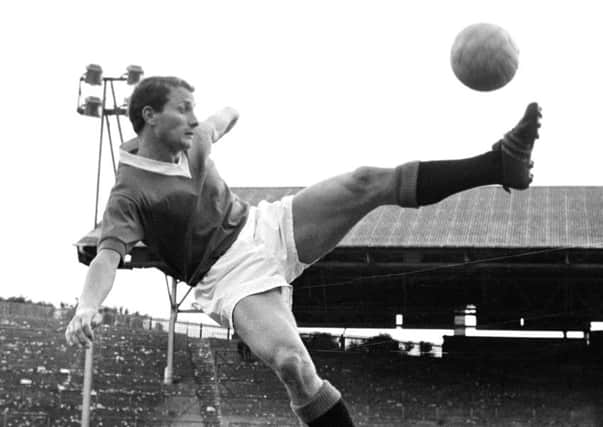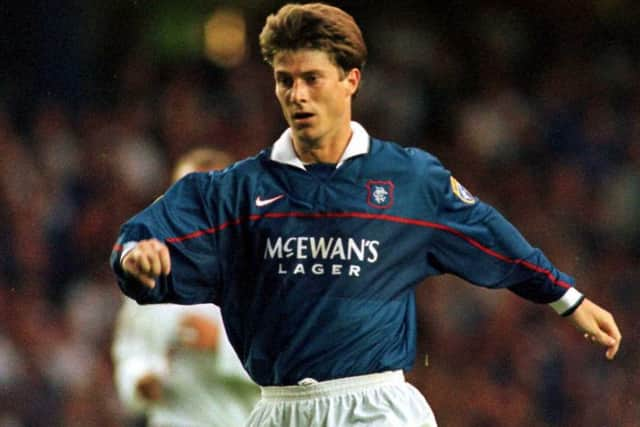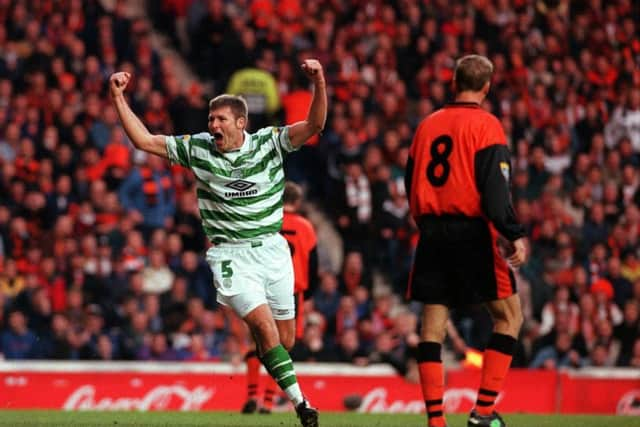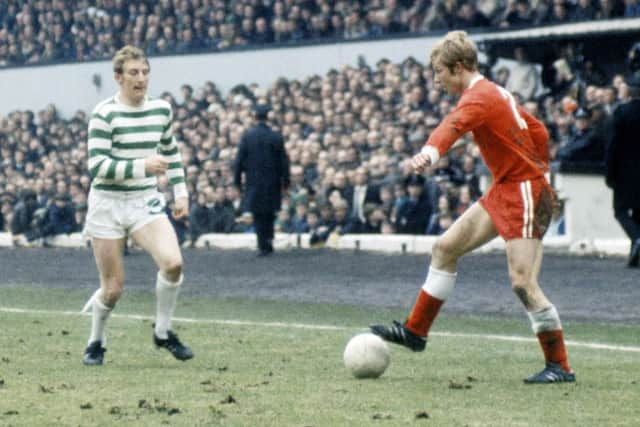Danish footballers in Scotland - a brief history


Though there’s only one Danish player currently in the Scottish top flight, there is a long and storied history with Danish stars coming over and strutting their stuff on these shores.
1921: Carl Hansen joins Rangers
Denmark’s first ever professional footballer was Carl Hansen when, in 1921, the forward joined Rangers. According to the player, he arrived in Scotland via a boat that docked in Leith, where Bill Struth whisked him off to Ibrox. He spoke very little English at the time but banged in a hat-trick against Queen’s Park on his debut. Unfortunately, that was to the be the height of his career in Scotland - though he was the first foreigner to score in a Old Firm game - and he left in 1925 after suffering a broken leg.


Advertisement
Hide AdAdvertisement
Hide AdFurther misfortune was to befall Hansen when, in 1943, he was arrested by the Nazis and spent time in a concentration camp. He survived the ordeal and wrote about his experiences after the conclusion of the war.
1963: Morton begin influx of Danish talent
The Danish top flight didn’t turn professional until the end of the 1970s. This meant any player good enough to make a living from the game was forced abroad in search of success. The nation would continually post strong showings at the Olympics, but qualified for only one international tournament before 1982, with the country’s governing body insisting that players must remain amateur to play for the national team until the late 1960s.
Morton were the first side to really take advantage of the situation, recruiting several Danish stars beginning with the signing of Erik Sorensen in 1963. Sorenson was the international stopper at the time and would be an excellent signing by the Greenock side. He played with real distinction for three years before earning a move to Rangers. Though he was mainly a back-up at Ibrox, he still made 30 appearances prior to his return to Morton in 1970. He retired three years later.


Sorenson was the first of several Danes that Morton would have on their books. Kai Johansen was another notable signing. He too earned a move to Rangers after starring at Cappielow and became the first foreigner to score in a Scottish Cup final. Other Danes to have featured for Morton include Borge Thorup, Per Bartram and Preben Arentoft.
Elsewhere, Rene Moller lit up Tynecastle for a couple of years, including making Hearts’ goal in their 1968 Scottish Cup final defeat against Dunfermline. Defender Henning Boel, signed by Aberdeen in 1969, cites the Dons’ Scottish Cup victory over Celtic at the end of his debut season as his greatest moment in the sport.
Further down the east coast at Tannadice, Finn Dossing proved to be an inspired signing for Dundee United. The striker netted a highly impressive 76 goals in 115 appearances, including one against Juventus in the Fairs Cup, and was among the first group of players inducted into the Dundee United Hall of Fame.
1988: Danish important slams Graeme Souness


Rangers snapped up burgeoning talent Jan Bartram in 1988 but the Danish international would be back in his native land before the end of the year. Prior to his departure, Bartram heavily criticised Rangers boss Graeme Souness while away on international duty. Compared with today’s mouthy stars, at least Bartam had the excuse of living in an era without the internet, obviously assuming his manager wouldn’t come across the comments. In public, Souness united with his player to chastise the Danish media for inventing the quotes, the highlight of which was:
“Souness likes to get the ball and slaughter other players. I did not go to Scotland to risk breaking other people’s legs.”
Advertisement
Hide AdAdvertisement
Hide AdBartram would later confirm in his autobiography that he did indeed say what was printed in the Danish press.
1994: The Great Dane


Without question, the best Danish import into Scottish football was Brian Laudrup. The attacker’s legacy is such that despite only playing for four seasons, he cemented his status as a Rangers legend, taking up the role of talisman in 1994 and winning three league titles and two cups before departing in the summer of 1998. In addition to those team honours, he also took home the Scottish Football Writers’ Player of the Year in 1995 and again in 1997. Often cited as one of the greatest Rangers players in history, he was placed at No.2 in an Evening Times countdown of Rangers legends in 2013.
1998: Celtic rule the market
Since Laudrup’s departure there have been 15 Danish players in the Scottish top flight and six of them have played for Celtic, to varying degrees of success. Marc Rieper helped the Hoops to stop Rangers winning ten in a row before a foot injury effectively ended his career. Morten Wieghorst (signed from Dundee) and Ulrik Laursen (bought from Hibs) both proved to be effective and reliable squad players, while Morten Rasmussen and Tomas Gravesen failed to live up to their initial hype. The only Dane currently playing in the Scottish top flight is Erik Sviatchenko, who has already established himself as a fans favourite despite only joining in January this year.
Across the other side of Glasgow, Peter Lovenkrands can certainly be considered a success story, having scored the winning goal against Celtic in the 2002 Scottish Cup final. His brother Tommy played for St Johnstone for three years.
DOWNLOAD THE SCOTSMAN APP ON ITUNES OR GOOGLE PLAY